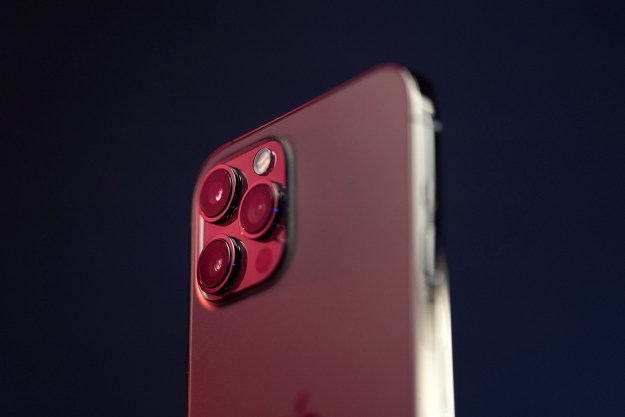When you first start to develop a serious interest in photography, it’s easy to fall victim to what is called “Gear Acquisition Syndrome.” Not an actual medical condition, GAS is the urge to buy ever more expensive and seemingly “better” photographic equipment in hopes that this will help you achieve “better” pictures. And while we all agree that a high-end DSLR camera is more capable than an iPhone, great photography is about much more than just the device you’re using.
With the advances in technology, the camera modules that modern smartphones feature are often better by orders of magnitude than what you got in early digital cameras. And despite their apparent limitations, such as small sensors with mediocre low-light performance, or the lack of zoom lenses, smartphones today can take pictures just as good as dedicated cameras – from a purely technical point of view.
When it comes to actual photography – that is, the whole process that goes into seeing an image or developing an idea, and turning it into an actual photograph (including proper exposure, composition, and more) – there is no difference between a DSLR, a film camera, a point-and-shoot, and a smartphone. In the end, they’re all just the means by which the photographer captures a scene. The content of the image, however, is much more closely linked to the photographer’s skill and imagination, rather than purely to the technical capabilities of the image-capturing device they use.
What we’re saying here is that no matter what kind of camera you use, what is most important is that the person behind the camera has a great eye for content, and the skill to turn a scene into a great photograph. And that is exactly what the iPhone Photography Awards have been honoring again this year, in their eighth installment. Allowing only pictures that have been taken using an iPhone, iPad, or iPod to enter the contest, and that have not been manipulated on an external device such as a computer running Photoshop afterward, the iPP Awards 2014 once again demonstrate that great photography does not require high-end gear.
Take a look at some of the winning entries in the gallery above. Do they look like they were taken with a smartphone? In fact, were you to see any of them in a gallery, would you be able to tell whether they were shot with an iPhone, a DSLR, or a rangefinder film camera? Or rather, would you even care? We bet that nothing of all this would matter, because in the end, what makes a good photograph is not the equipment that was used, but its content. Yes, high-end cameras give you more creative control than a smartphone can – and oftentimes, you do need a “real” camera for certain things – but even the seemingly most limited means can be used to achieve great photography.
Editors' Recommendations
- How to remove location data from your iPhone photos
- How to hide photos on an iPhone with iOS 17
- Apple responds to troubling iPhone 14 Pro camera issue
- This MagSafe iPhone rig aims to give your videos a more pro look
- The Galaxy S21 Ultra’s great camera doesn’t make life easy for the iPhone 13 Pro


